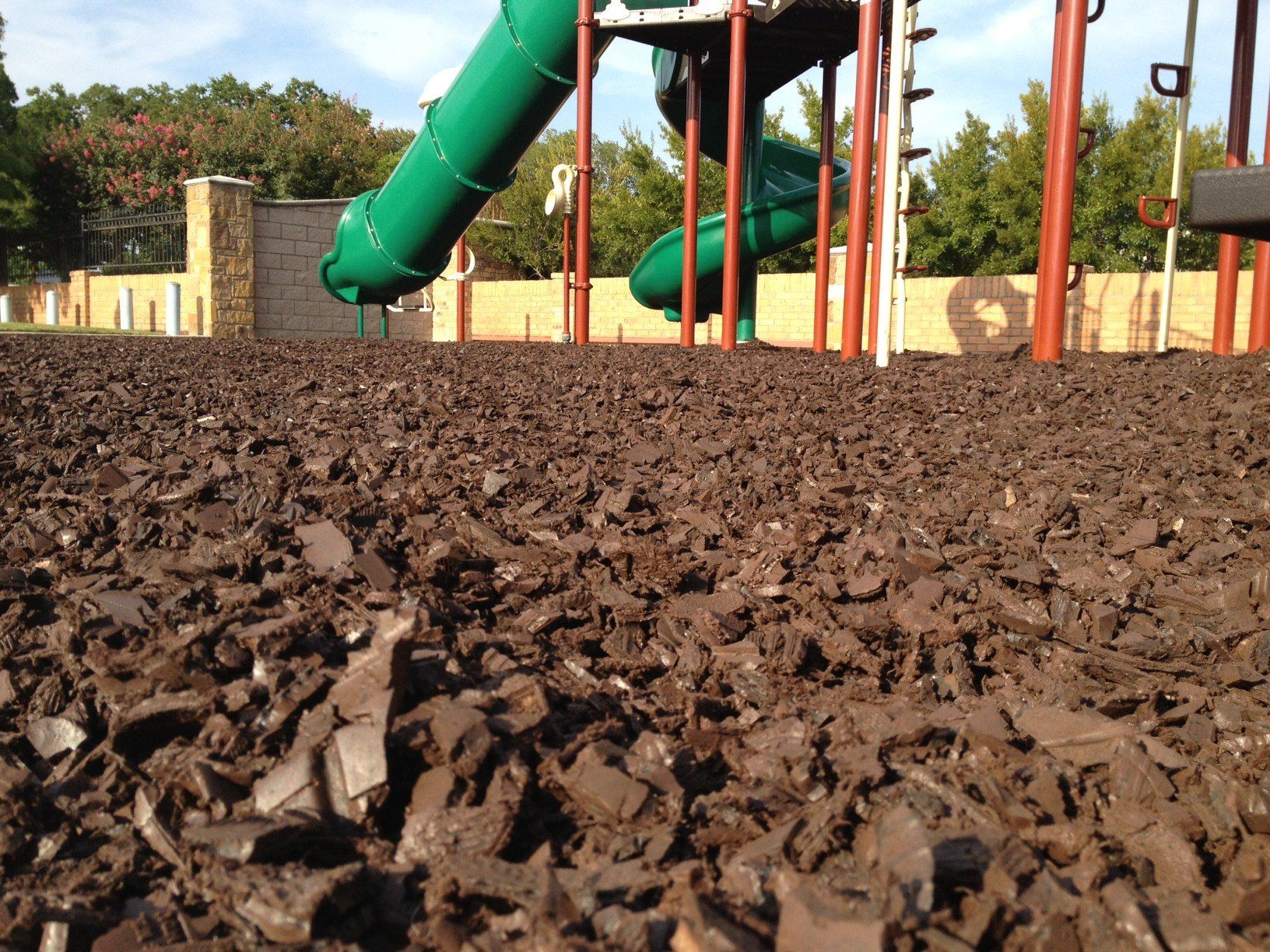Find Midwest Elastomers Inc. at a show near you! Click HERE for more details on upcoming expos!
Blog Layout
Playground tiles and rubber mulch should be used in your local park or playground!
MEI • August 14, 2019
Playground tiles and rubber mulch should be used in your local park or playground!
You might not think that playground tiles are important, but as a kid did you ever skin your elbow or knee on cement while playing the in the playground? Or worse, have a fall that broke a bone? That sort of injury could sideline you from playing all summer long. Sure, you get a cast that other kids can sign and you can doodle on it and maybe get some compassion from the girls, but that's not replacement for a whole summer of not being able to run around, go on the monkey bars and whatever else.
But these days there's all sorts of things like playground mulch and playground tiles that are used to cover the ground around areas where children run and play. Rubber mulch is typically used and the tiles that are laid down are typically rubber too, or flexithane. We won't get too into specifics in this post, but in some cases they're broken down using cryogenic grinding. Then they're reassembled into larger pieces, either the mulch or the tiles.
Playground tiles are great because they're easy to put together, fairly cheap compared to other sports surfacing and can last a long time; several seasons at least. If some rubber tiles become damaged you can take that those tiles out and replace them, unlike other sports surfacing that is all in one piece. Also, unlike rubber mulch, it can't get spread around or moved. The tiles are glued to one another so that kids can't rip them up.
They can be made in any color and you can really pretty up a park or playground with them. You could also construct lines showing people paths to walk on or guide them to certain areas (i.e. follow the yellow brick road, or follow the red line to the swing set).
These playground tiles are made of rubber that gives just enough and offers the perfect amount of cushioning. No more scrapes or cuts for kids who fall down go boom in the playground. They also cut down on the amount of broken bones and fractures from kids falling.
On top of that, they can be made from recycled materials. When the rubber tiles outlive their usefulness or degrade to the point that they need replaced, they can be recycled and remade back into tiles again. They're environmentally friendly. You also don't have to deal with mud. If it rains a lot, water will pool up on the tiles but quickly evaporate.
All in all, a solution using either playground tiles or rubber mulch is a good option for your local park or playground!

By MEI
•
August 14, 2019
An article over at http://www.homewiththekids.com/ talks about home playground safety via rubber tiles. It says that while about 80% of public playgrounds have some form of shock-absorbing protective surface, only about 9% of home backyard playground have the same sort of protection. [Link to full article] This leads to about 50,000 injuries per year in the backyard playground. 69% of those injuries are directly related to not having some form of playground tiles or other form of safety flooring or rubber mulch to cushion kids from impacting a hard surface. Most backyard playgrounds have grass or dirt as the surface. Neither of these surfaces offers enough protection against serious injury. Even a fall from as short as 30 inches can cause lacerations or fractures - and these are the most common sorts of home playground injuries according to the CPSC (U.S. Consumer Products Safety Commission). The post goes on to talk about the "Critical Height of Playground Equipment" and how it's vital to know what the "maximum fall height from which a life-threatening head injury would not be expected to occur". This comes from the highest point of the playground equipment that kids could play on. Now the protective rubber playground tiles or other surface you pick can be properly chosen based on that critical height. They have a table on that post that outlines the various depths of rubber mulch or playground tiles that you would need depending on the critical height of the playground equipment. They also outline the many various forms of protection. Some of the loose-fill stuff includes wood chips, shredded bark mulch, pea gravel play sand, and recycled rubber mulch. The in-place surfaces in clude rubber tiles, rubber mats, rubber playground tiles, and poured-in-place surfaces. Any way you go, it's a huge difference from having nothing at all. Each surface has it's own advantages and disadvantages, but it's a subject that's well worth your time to research.











